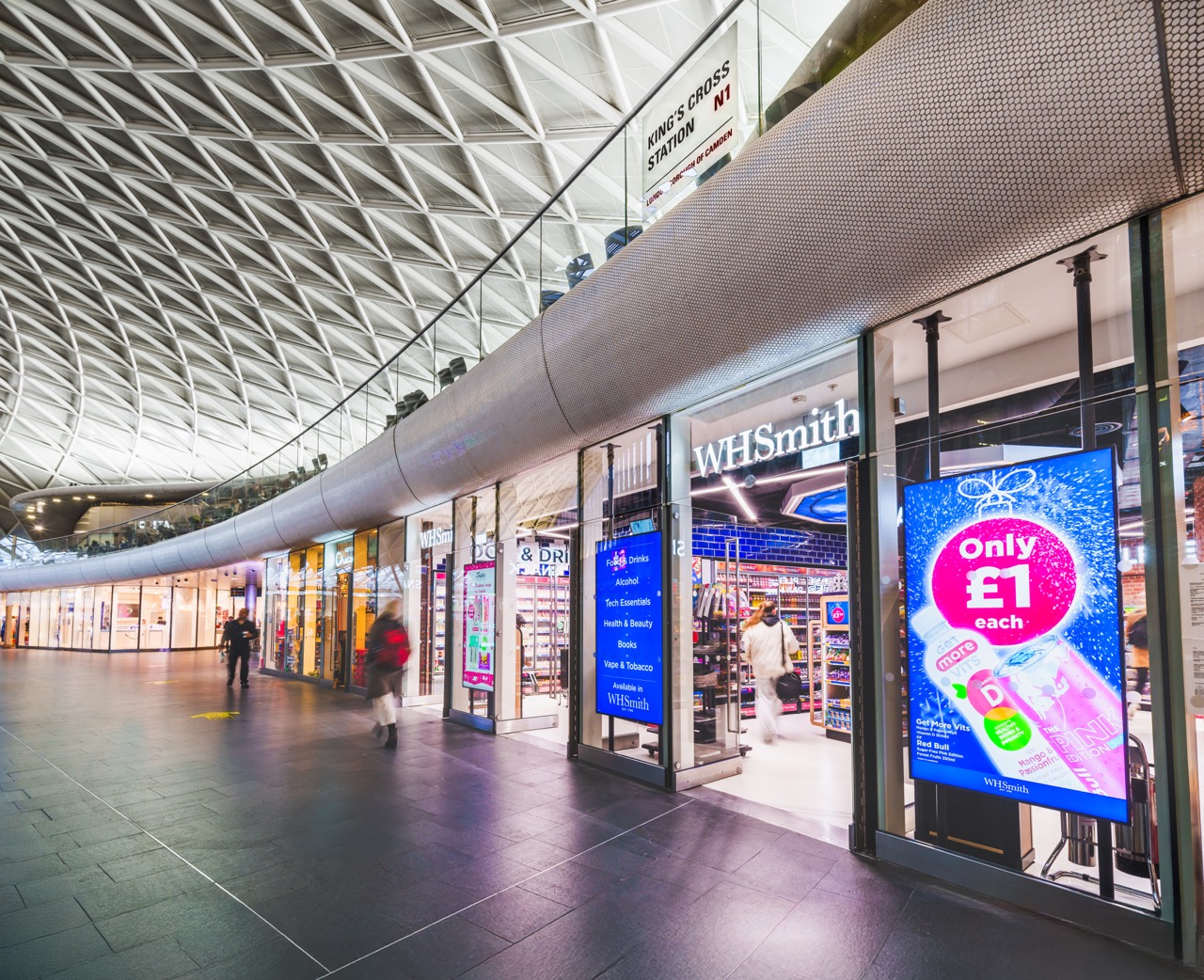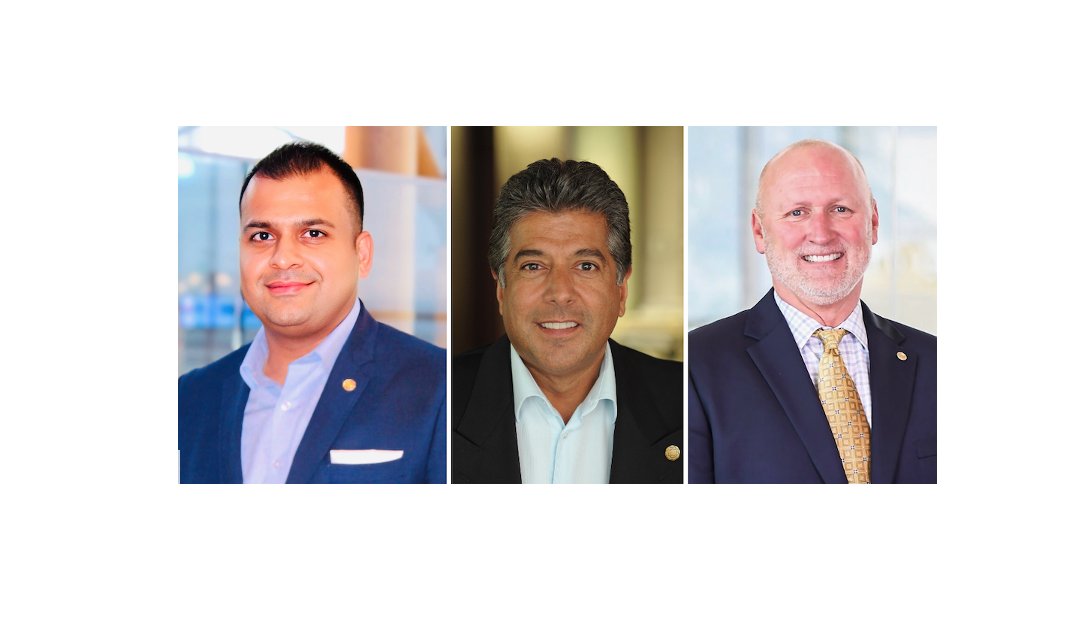UAE. On 2 January Abu Dhabi Airports marked a milestone in its history, with the 40th anniversary of the official opening of Abu Dhabi International Airport.
Abu Dhabi Airports Chairman H.E. Sheikh Mohammed bin Hamad bin Tahnoon Al Nahyan said: “Abu Dhabi International Airport has connected the world to Abu Dhabi for 40 years and fuelled the emirate’s emergence as a leading destination for tourism, trade and commerce. It was the late Sheikh Zayed bin Sultan Al Nahyan who had the foresight to build the airport and thanks to his vision Abu Dhabi Airports has built a legacy forged by collaboration, innovation and service. It is a legacy that will continue to grow over the next 40 years as it supports the ongoing social and economic development of Abu Dhabi and the UAE.”
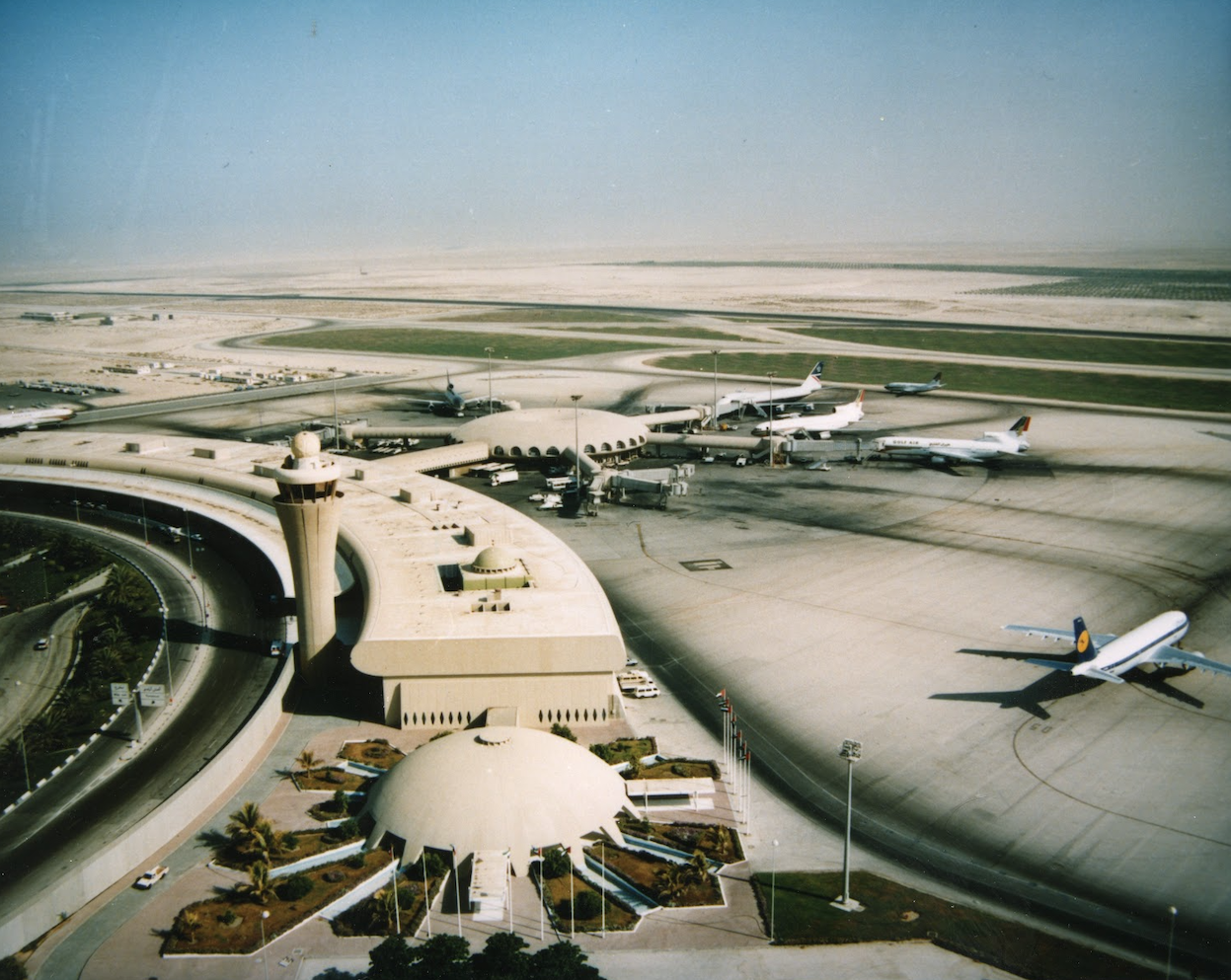
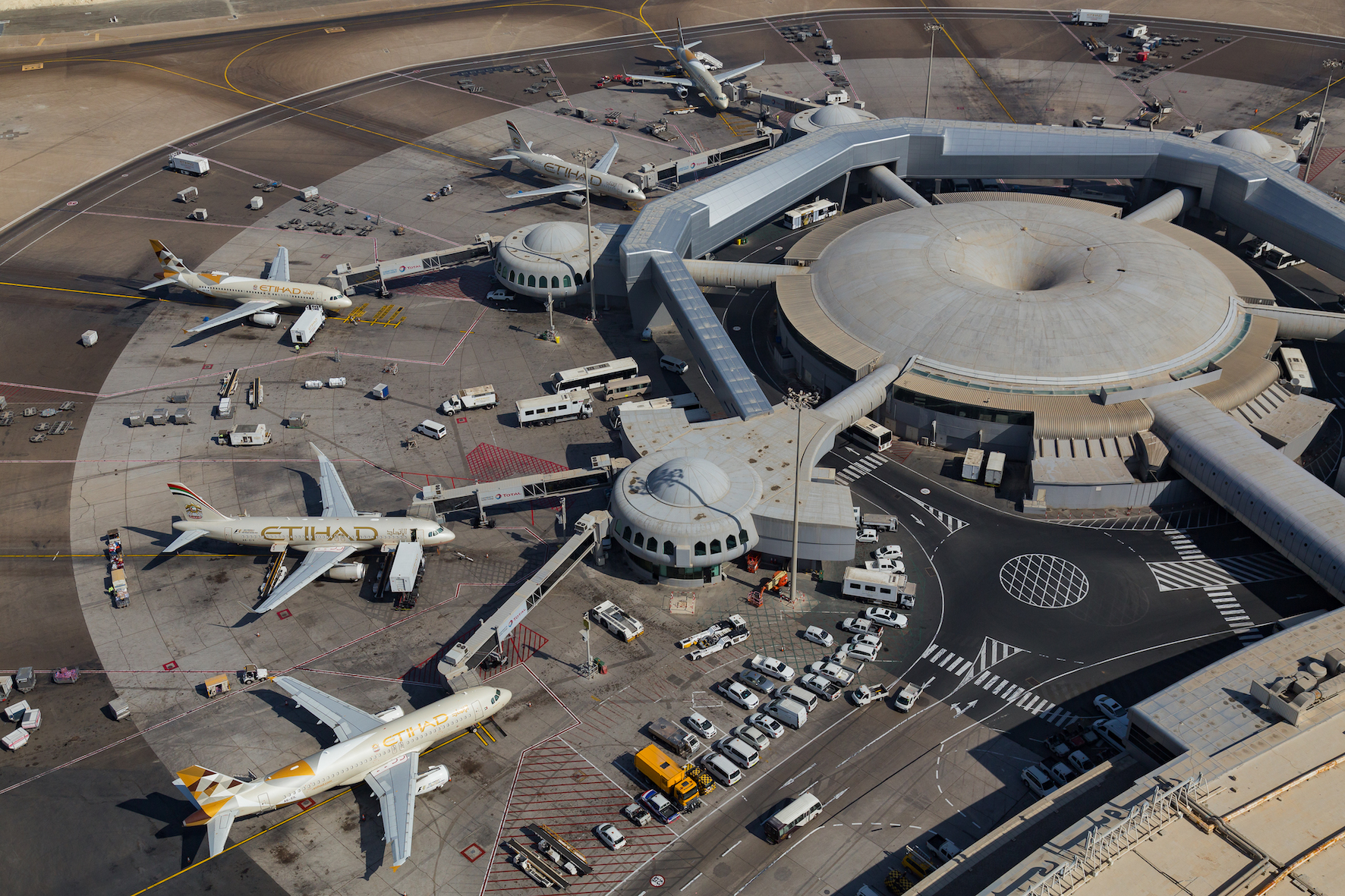
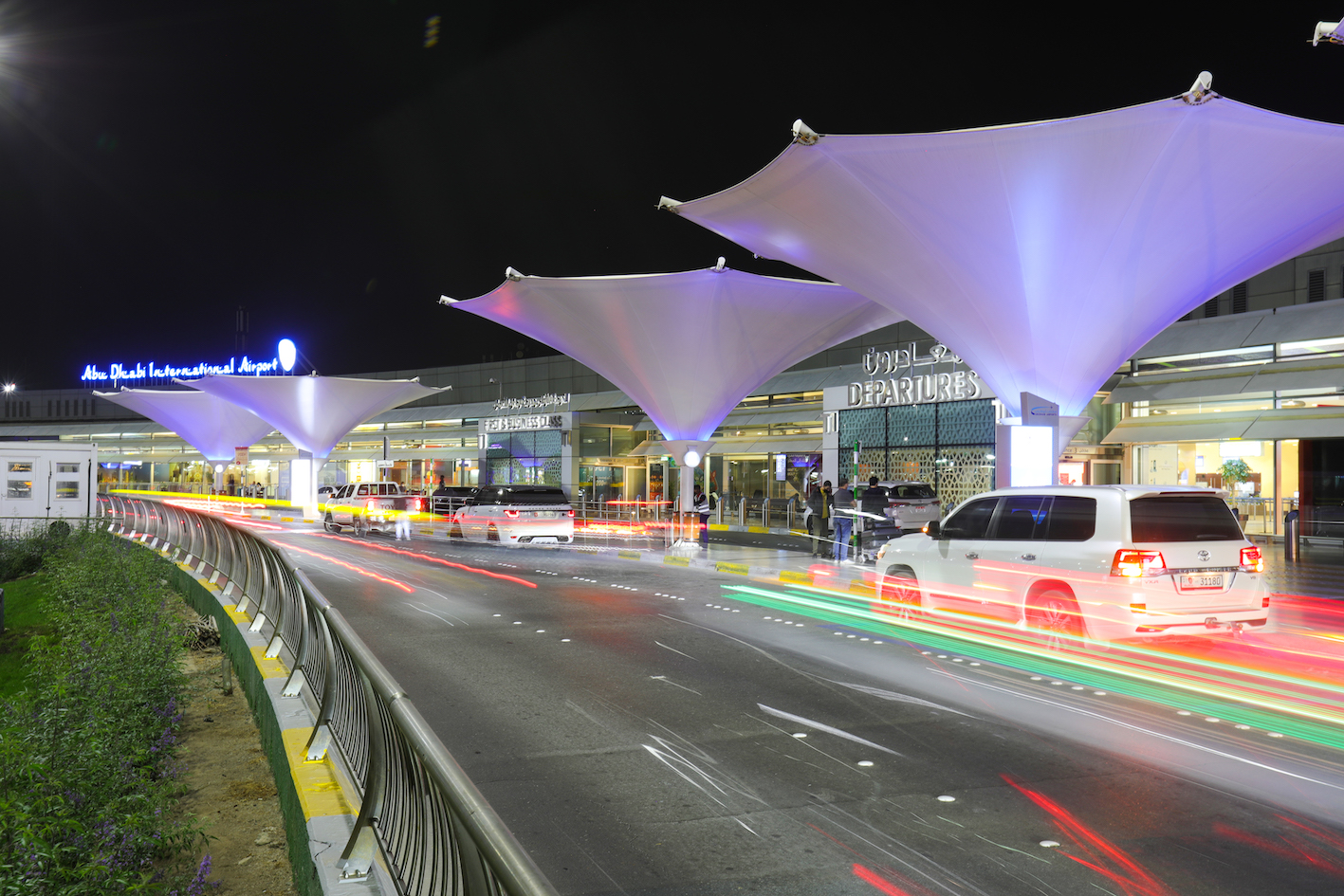
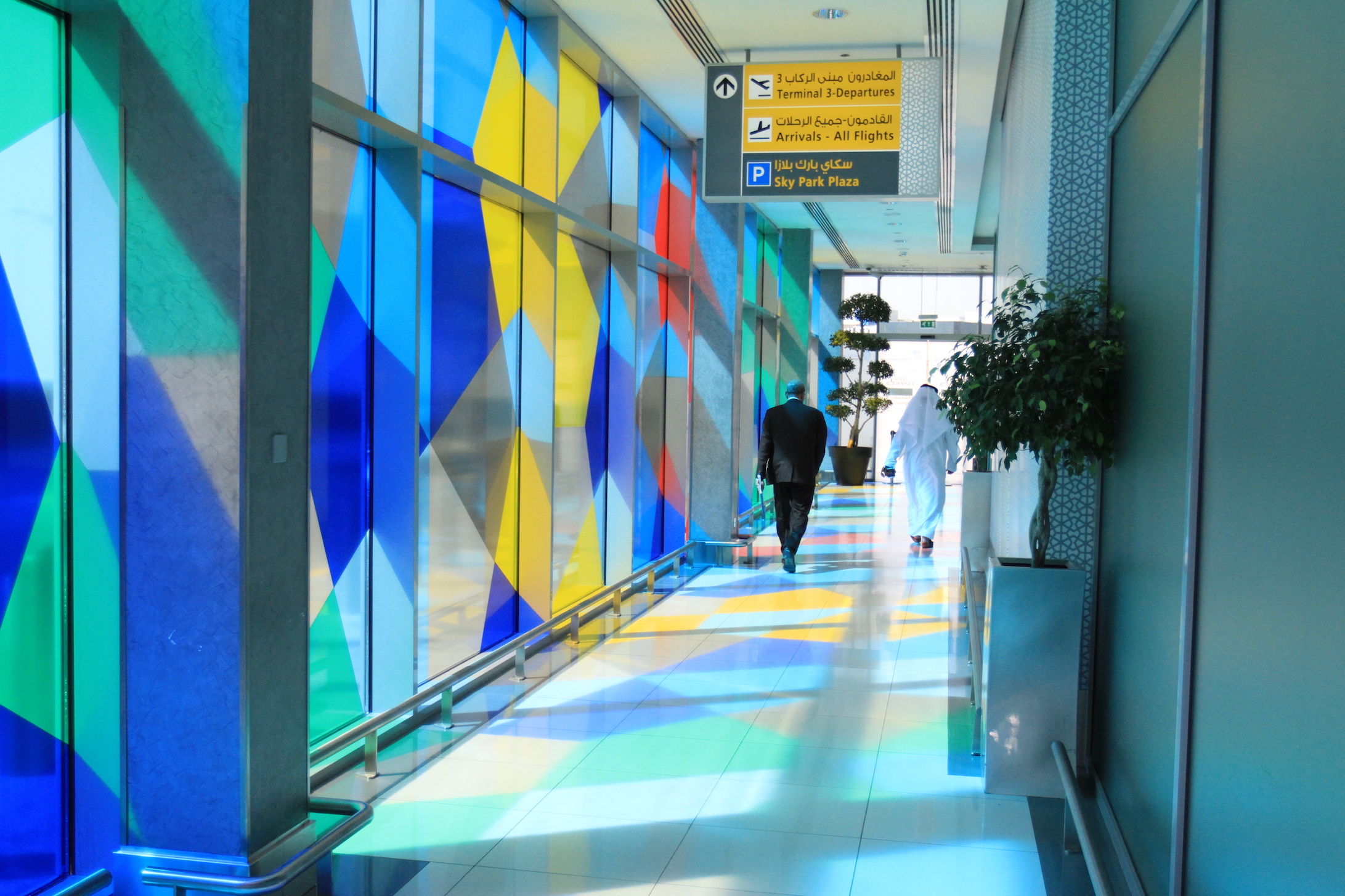
The airport was first conceived in 1974, in response to the government’s plans to modernise the newly formed UAE. Construction of the new airport began in 1979 and the new Abu Dhabi International Airport was officially opened on 2 January 1982 featuring a circular satellite terminal with a single connection to a semi-circular terminal.
During the late 1990s and early 2000s, the terminal was expanded to cater for the increase in passenger numbers. Etihad became the national carrier and the home airline in 2003, a move that was a catalyst for rapid growth and paved the way for the opening of Terminal 2 in September 2005, a second runway in 2008 and Terminal 3 in January 2009. This boosted the airport’s capacity to 12 million passengers per year.
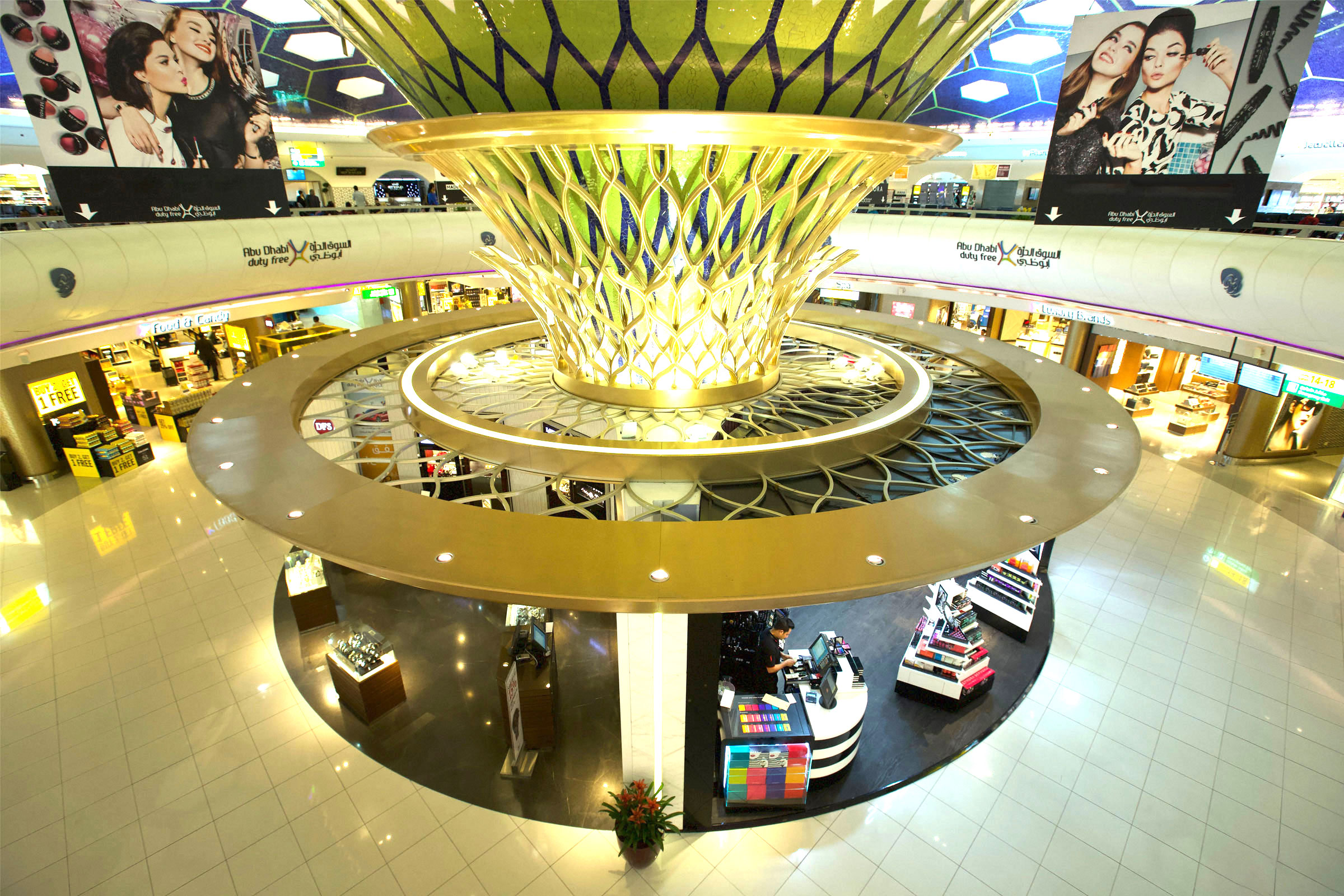

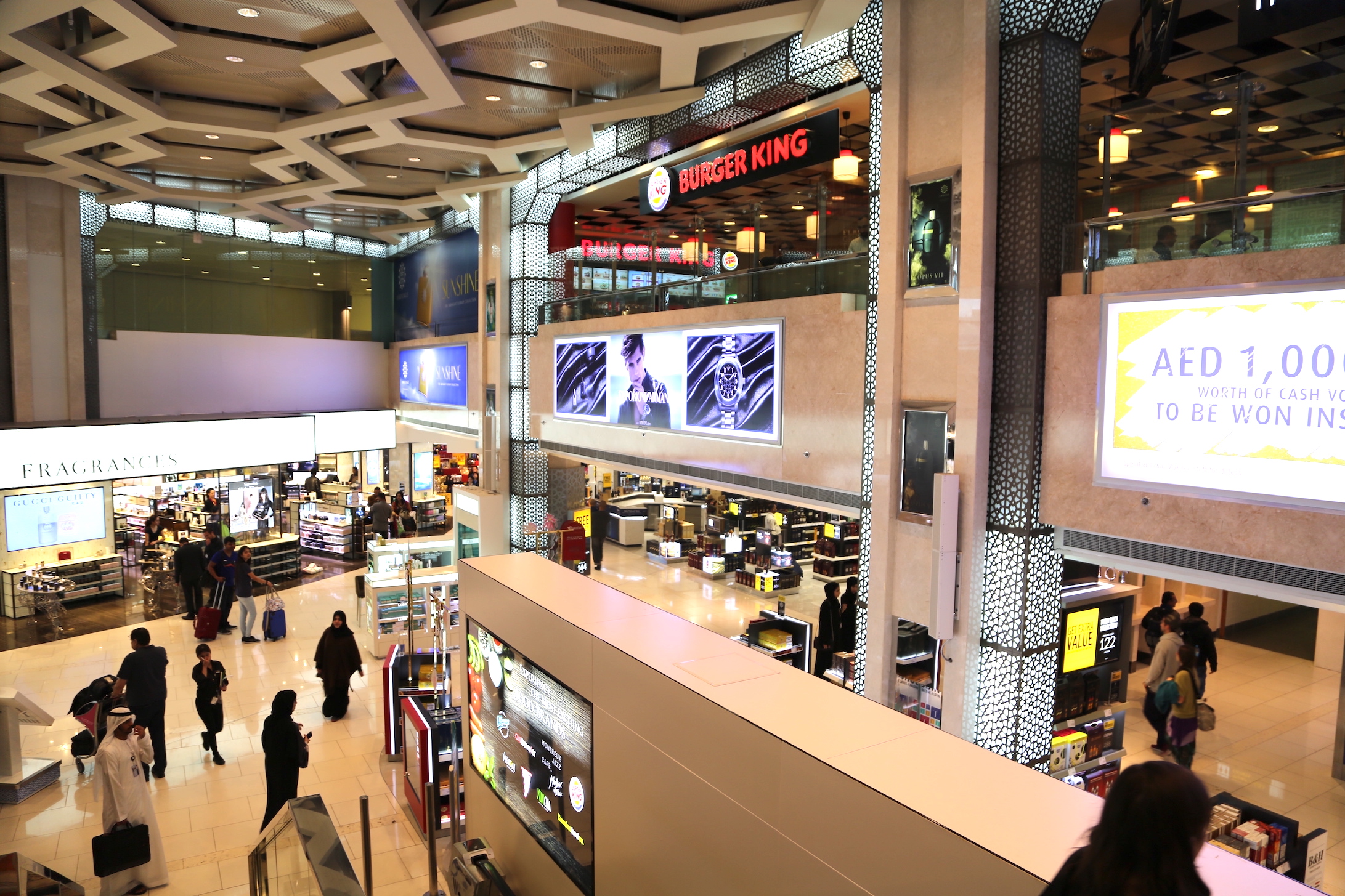
Abu Dhabi Duty Free was established in 1984 to manage retail, F&B and other services at the airport. Beginning with just five shops, the duty free company grew into a multi-award winning travel retail organisation and one of the largest in the region, led by Mohamed Mounib as Managing Director for 23 years to 2007.
The airport has also been home to a number of ‘firsts’. In 2014, Abu Dhabi International introduced the first US border preclearance facilities in the Middle East. The airport also launched the Smart Travel System in 2016, the first of its kind in the region, to ease passenger processing. During the early onset of the COVID-19 pandemic in 2020, Abu Dhabi was among the first airports to introduce contactless gates and touchless elevators to complement its health and safety measures.
Technology will also be a key feature of the new Midfield Terminal Building. Construction of the Midfield Terminal Complex started in 2012 and is now 97% complete. Once opened, the Midfield Terminal Building will accommodate up to 45 million passengers per year.
Recently, Abu Dhabi Airports has introduced services by low-cost carriers Wizz Air Abu Dhabi and Air Arabia, offering wider choice to consumers, said the airport company.
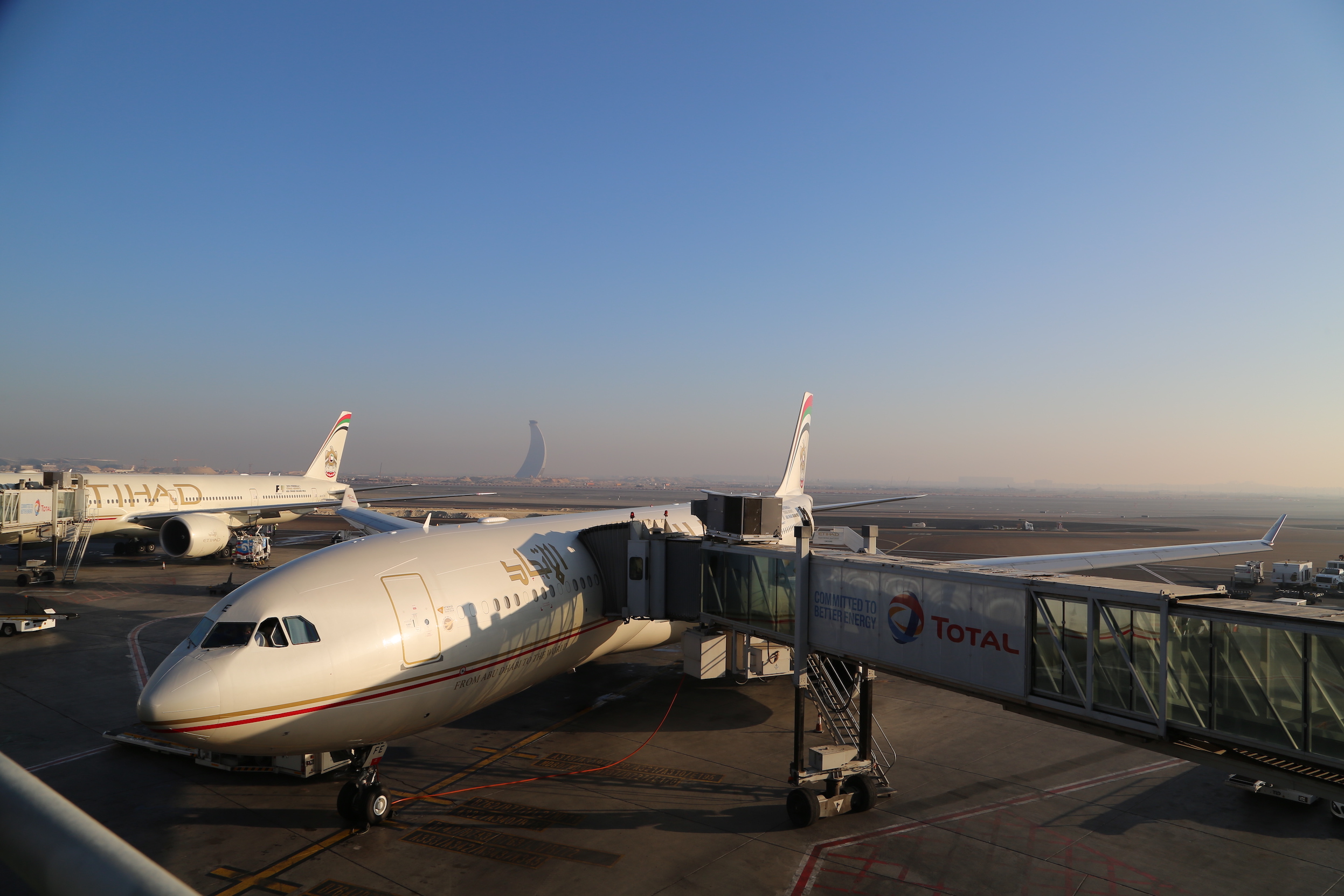


“Abu Dhabi International has a proud history of providing world-class infrastructure and top-flight service while serving as a catalyst for growth for 40 of our proud nation’s 50 years of achievement,” commented Shareef Al Hashmi, CEO of Abu Dhabi Airports.
“As consumer confidence rebounds and traffic gradually recovers, we will continue to explore new technologies, products and ways of doing business that will drive improved sustainability and create industry-leading airport experiences. As proud as we are of our past achievements, we are equally excited about our bright future.”








